When to harvest pears – expert advice on spotting signs of readiness, not ripeness
Discover the best time to harvest pears – and the best practice for doing so – for the best harvest


It's vital to know the exact time you should harvest pears because pears are ready to be picked when they're fully formed, not when they're ripe on the tree. Leave them until they're ripe and you may have left it too late to harvest your fruit. For this reason, you'll need to keep a close eye on your pears to know exactly when to harvest them.
One of the best fruit trees to grow, pears are also amongst the easiest trees to espalier, too. Pear trees are also one of the best fruit trees to grow in pots. So what's not to love, other than missing the harvesting season and not getting the best pick of the crop?
Pear trees love a sunny, sheltered spot, and fertile soil. In good conditions and if they're well looked after (you may want to read up on pruning pear trees to get the best from them), they will deliver a solid harvest. But, as we say, timing is all. Generally, pears are ready to be harvested from August, but it can depend on many factors, including local climate conditions.
Here, experts explain when to harvest pears.
When to harvest pears
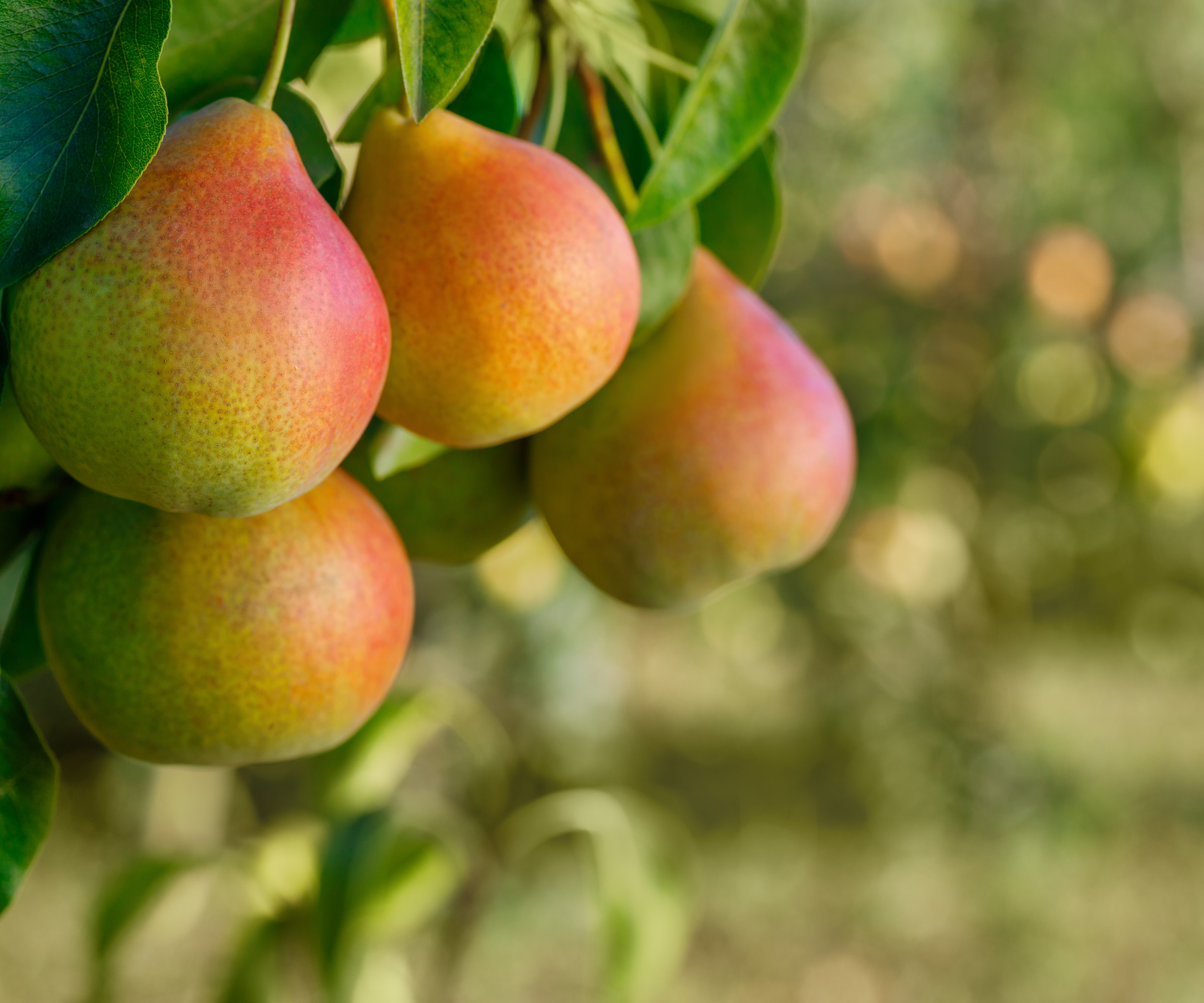
As we said above, you need to harvest pears before they ripen on the tree. If you don't they'll continue to ripen and the fruits' texture will change from creamy to gritty (we've all eaten one of those pears).
Signs that pears are ready to harvest
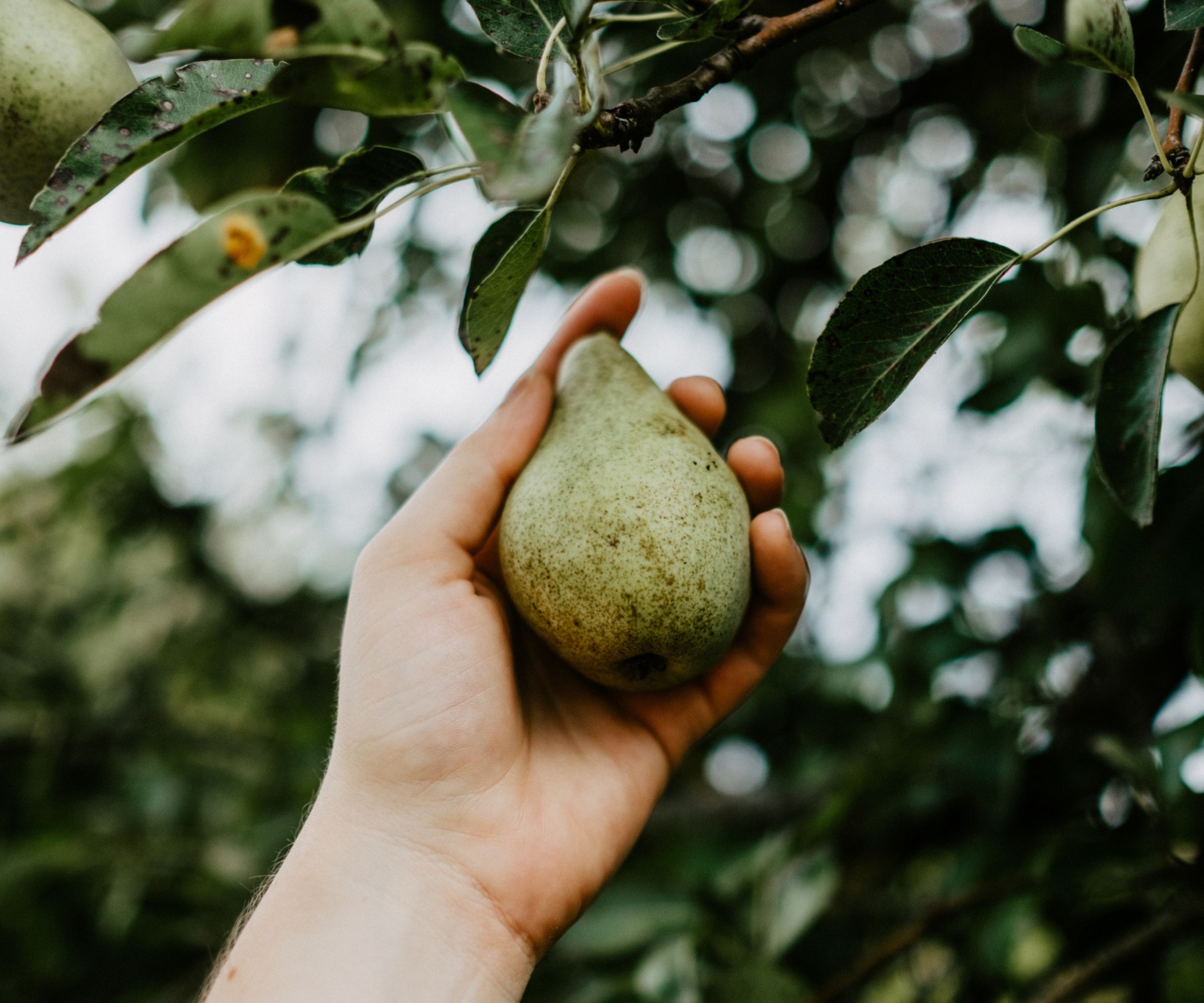
Pears' skin color lightens
'Harvest pears when the skin's color starts to lighten,' says Homes & Gardens' resident kitchen garden expert Drew Swainston.
The flesh should be 'giving'
'A pear's flesh should give very slightly when gently squeezed,' says Drew.
It's easy to pick
'Pears that are ready to harvest will be easily picked from the tree,' says Drew. 'If it won't come away from the tree easily, it may need a little longer to be ready.'
It tastes good
'One way to check whether it's the right time to harvest pears is to do a taste test,' advises Drew. 'If a pear you think might be ready tastes sweet, you can be fairly certain that other pears that present the same are also ready to be harvested.'
The pips are brown not green
'If you have picked a pear, cut it in half: if the pips are brown it, and likely other pears are ready to be picked; if the pips are green, it needs longer,' says Drew.
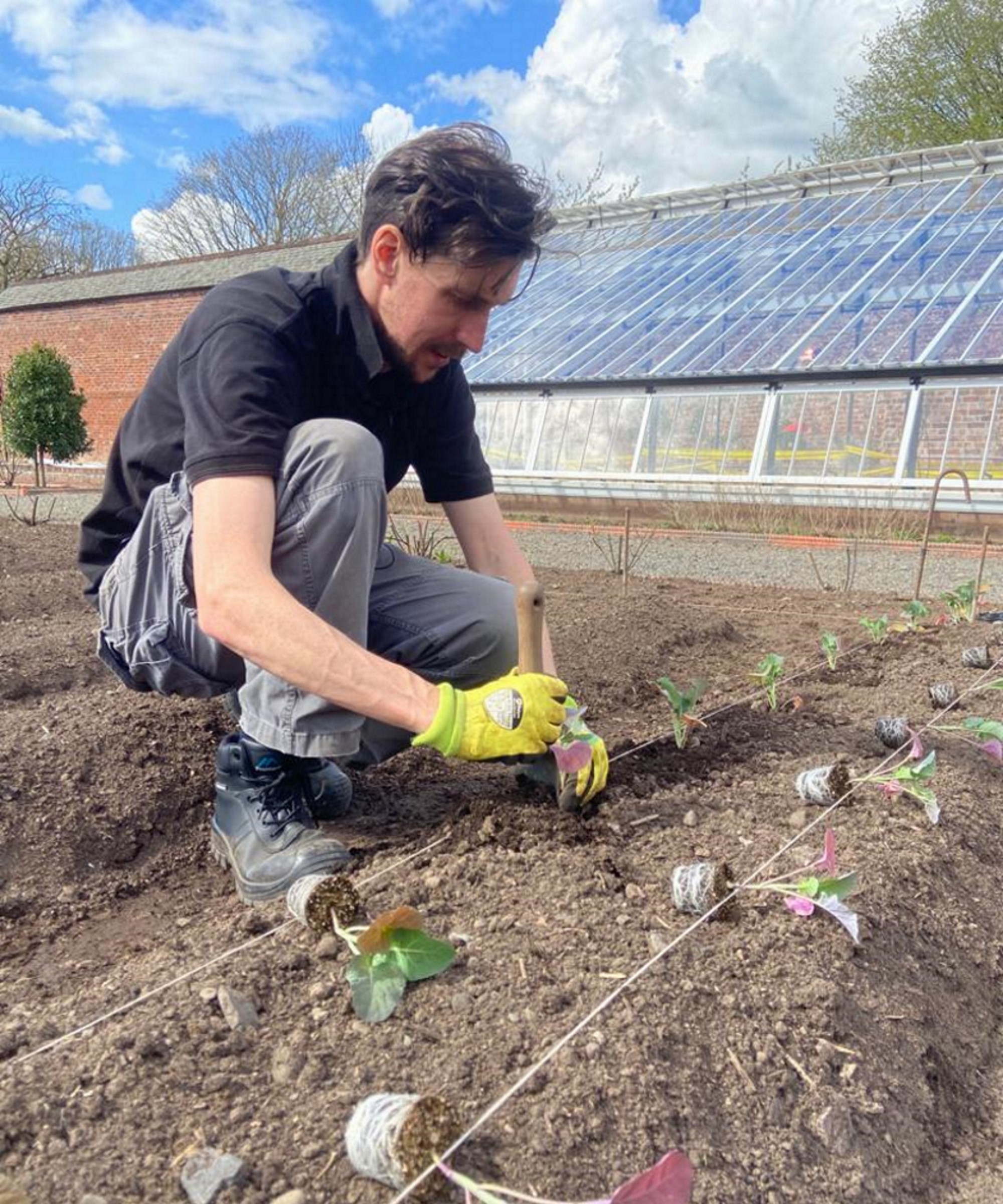
Drew qualified as a journalist and wrote for many websites and publications, before studying for a horticulture qualification. He worked as a professional gardener for several years, specializing in kitchen gardening. He's now bringing his expertise and passion to Homes & Gardens as a member of our team.
What are signs that pears are too ripe?
If your pears are very much lighter than the green they started out as, if they're soft to the touch and the flesh is grainy when you cut them open, they are already too ripe to enjoy, though you could use them for juicing.
How long do pears take ripen after being picked?
When you harvest a pear it might not quite be ripe enough to eat, though some do like to eat a harder pear than a softer one. Allow pears to ripen in the fruit bowl for a little longer after harvesting, though, and your pears should be perfect for eating.
But how long does this take? The answer is: it depends on the temperature of the room, whether the fruit bowl sits in sunlight, and whether there are bananas in the bowl along with the pears, which will speed up ripening. However, you can usually bet on three to four days. Beyond that and the pear might become overripe. Best practice? Check them most days.
How to harvest pears
Harvesting pears is simple: hold the pear and gently move it upwards so that there is tension between the stem and the tree's branch. If the fruit is ready to be picked, it will simply come away, though you may need to twist it a little to help it on its way.
If force is needed, it's not ready.
FAQs
How do you store pears after harvesting them?
When you have harvested pears, it's important to store them properly for the best flavor. Ideally, they should be immediately stored in a cool place for a few days, such as a cool pantry. This will stop them ripening too quickly, however don't be tempted to keep them in the refrigerator, unless they're really ripe and you're not quite ready to eat them.
From August, pears are usually ready to be harvested, but as we've seen, it's not necessarily about the month nor the fact that the pears are ripe on the tree: more the signs to look for that. And, of course, don't forget that you can harvest fallen pears, too, assuming you get to them before insects and animals do.
Sign up to the Homes & Gardens newsletter
Design expertise in your inbox – from inspiring decorating ideas and beautiful celebrity homes to practical gardening advice and shopping round-ups.

Lucy Searle has written about interiors, property and gardens since 1990, working her way around the interiors departments of women's magazines before switching to interiors-only titles in the mid-nineties. She was Associate Editor on Ideal Home, and Launch Editor of 4Homes magazine, before moving into digital in 2007, launching Channel 4's flagship website, Channel4.com/4homes. In 2018, Lucy took on the role of Global Editor in Chief for Realhomes.com, taking the site from a small magazine add-on to a global success. She was asked to repeat that success at Homes & Gardens, where she has also taken on the editorship of the magazine.
-
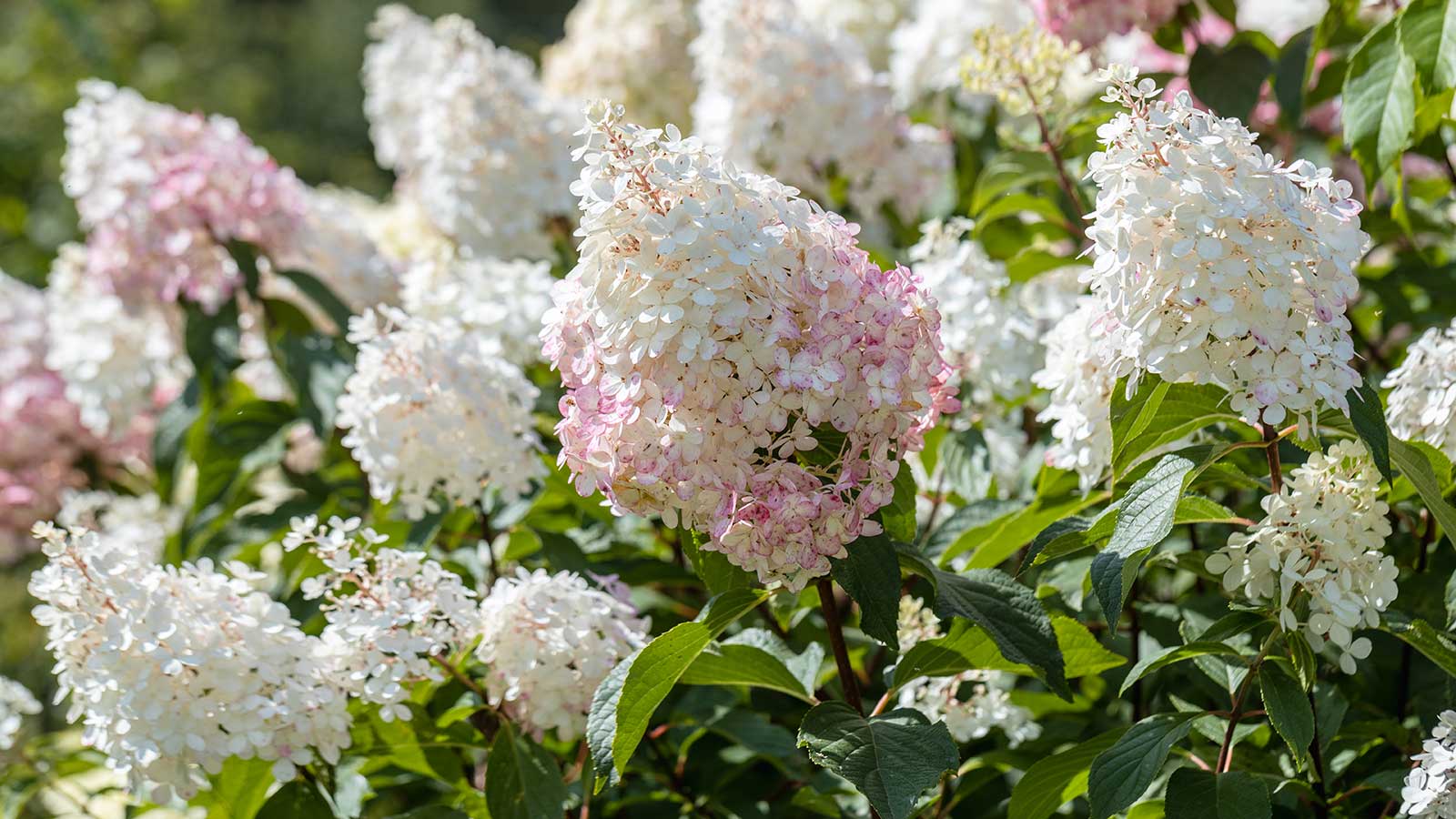 5 hydrangea myths debunked by experts – and what you need to know instead for beautiful blooms
5 hydrangea myths debunked by experts – and what you need to know instead for beautiful bloomsFrom ways to change their color to when to prune, there are certain misconceptions to steer clear of when growing these flowering shrubs
By Holly Crossley Published
-
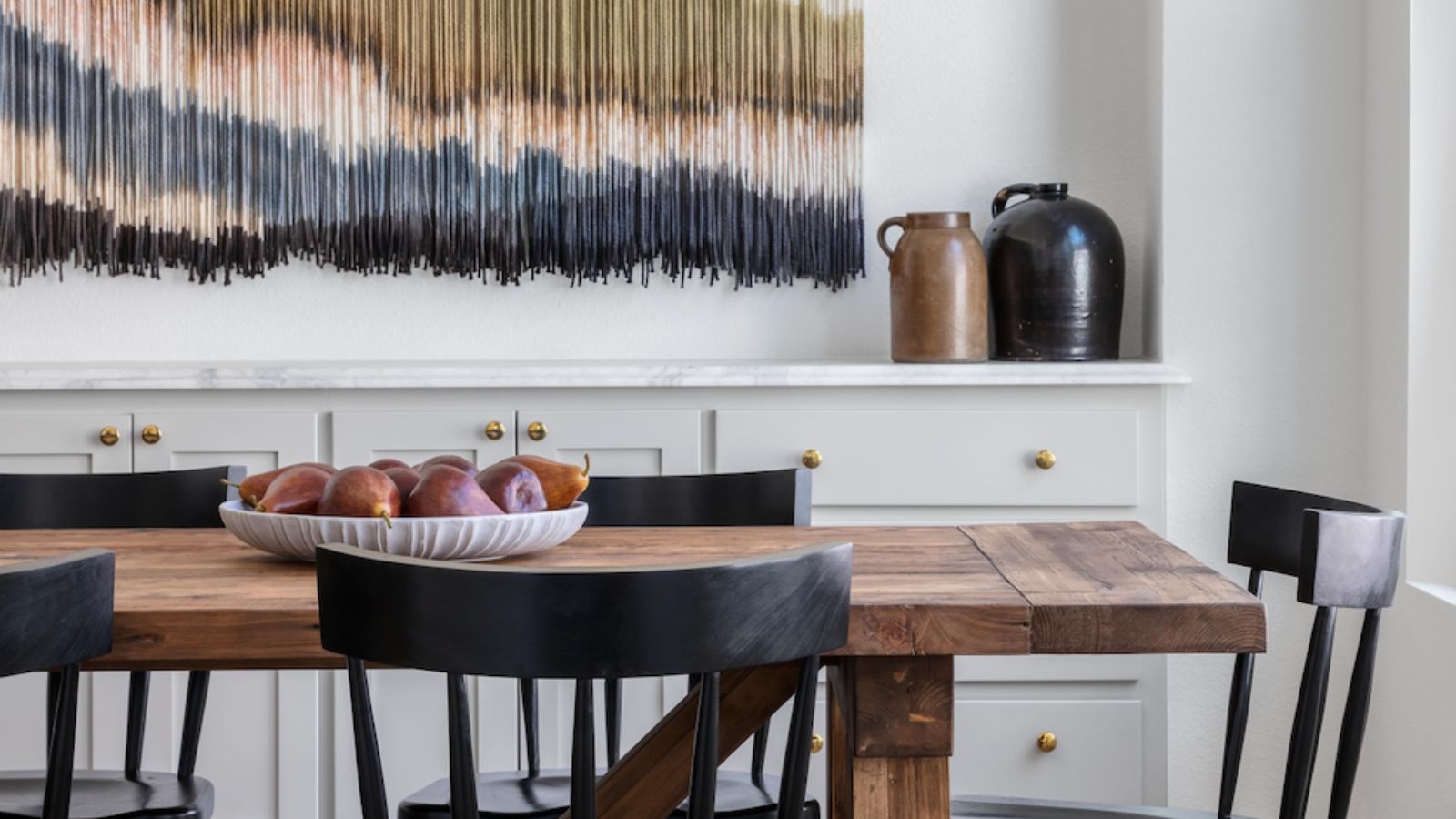 How the 'ODT' method can help you to tackle your overwhelming decluttering checklist – and streamline the process from start to finish
How the 'ODT' method can help you to tackle your overwhelming decluttering checklist – and streamline the process from start to finishAvoid 'analysis paralysis' and tick off tasks quickly and easily by making just one decision at a time
By Ottilie Blackhall Published